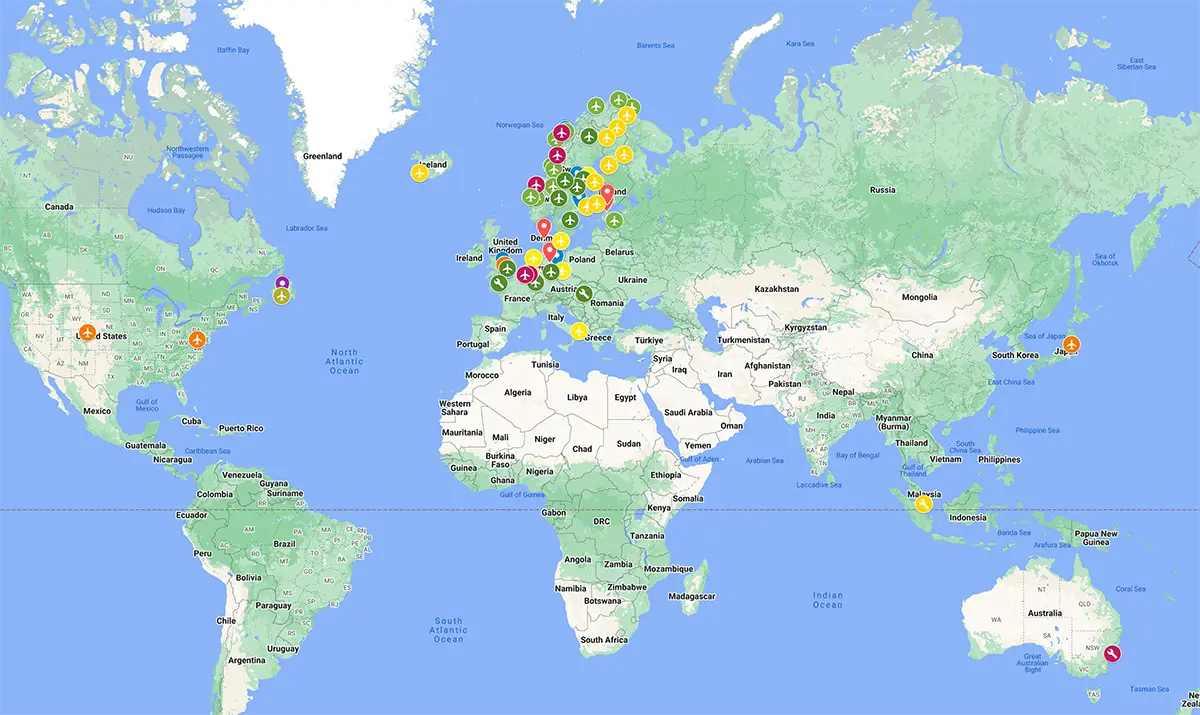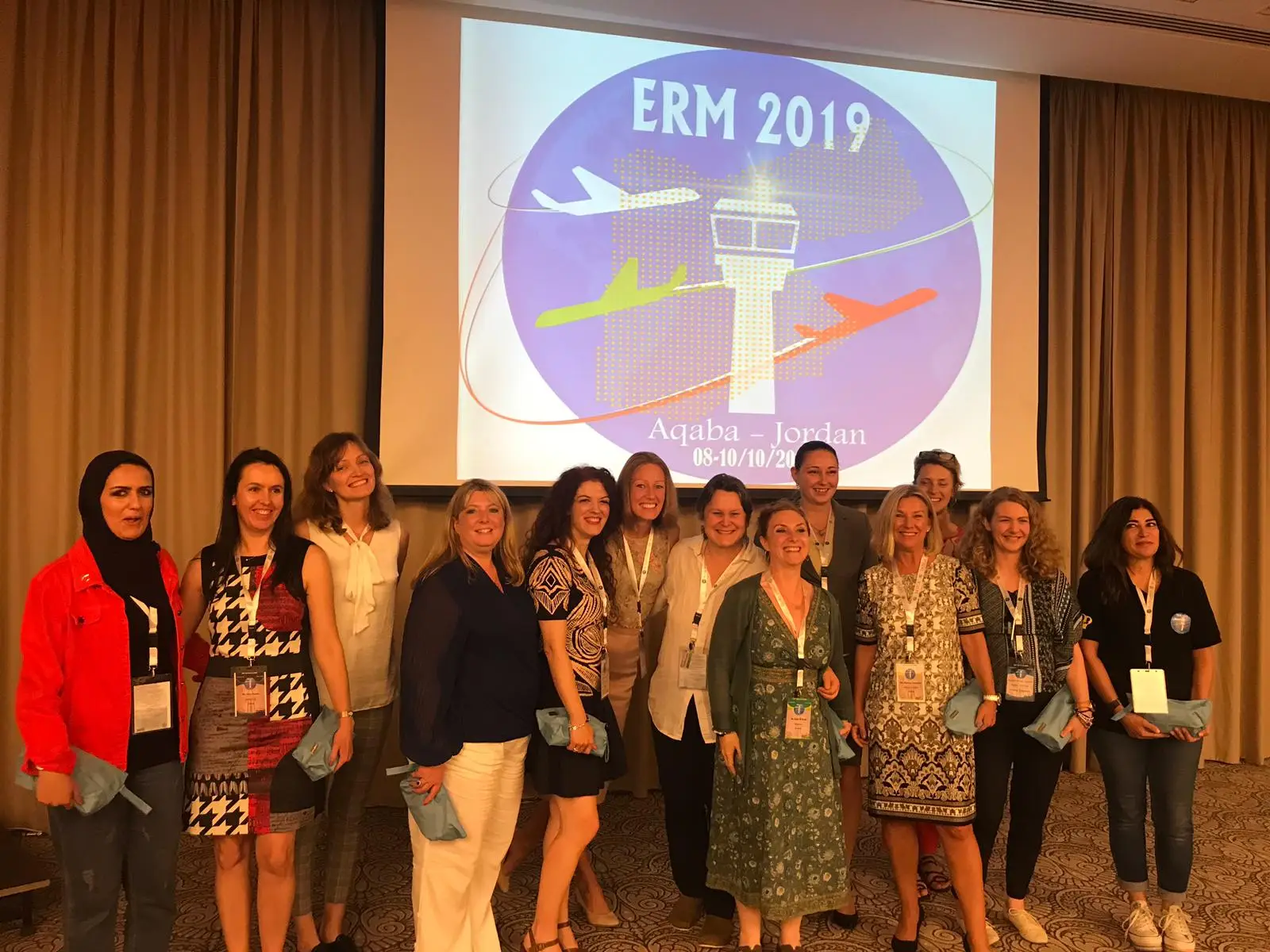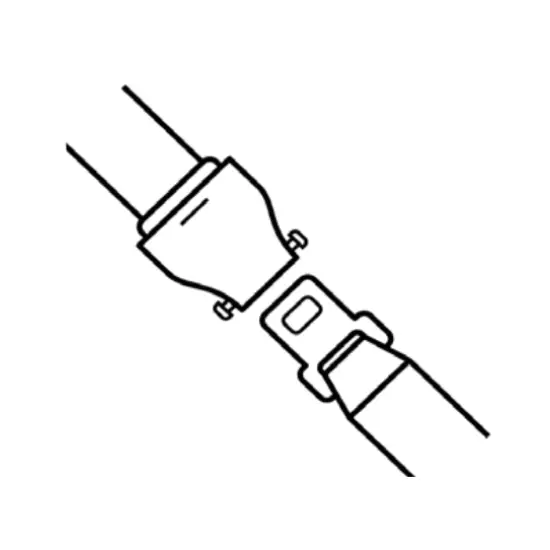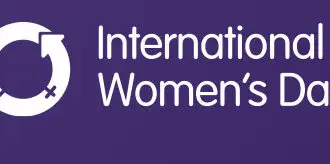Changes in the Air Traffic Management (ATM) domain are continuous and challenges of research, development and transition to introduce these changes are daily life for Air Navigation Service Providers (ANSPs) and their staff: air traffic controllers, technicians, engineers, managers, and decision-makers. Automation is nothing new in the ATM system. The so-called ‘new technologies’ leading digitalization, including Artificial Intelligence (AI) and Machine learning (ML), are finding their way into the ATM working environment. Whereas a lot of expectation is linked to technology hype, introducing new technology will have to follow the path of introducing new technological components into a running ATM system.
A Digital Tower environment offers possibilities to use technologies in a novel way and comes with new challenges for the Air Traffic Controllers working in such an environment. Licensing, mainly where current EASA licensing regulation prevails, opens a new challenge for Air Traffic Control.
The provision of aerodrome air traffic services (ATS) from remote locations is receiving more and more attention. Remote operational services have been provided at airports open for commercial aircraft operations since April 2015, and several new services are being deployed. The ‘remote provision of aerodrome air traffic services’ (known as remote tower operations) enables the provision of aerodrome ATS from locations where direct visual observation is unavailable. Instead, the provision of aerodrome ATS is based on a view of the airport and its vicinity through technology.
The IFATCA Remote Tower Task Force (RTTF) produced an interactive map of all the Remote Digital and Tower operations known to IFATCA to provide an accessible overview at the global level of the various initiatives.
Background
The IFATCA ROSC (Remote Operations Standing Committee, later re-labelled to Remote Tower Task Force RTTF) was established during the Conference of Toronto 2017 as a specialized team to draft a position paper on Remote Tower operations. The group gathered more than 40 people from all regions. In 2022, the SESAR/EASA coordinator assumed responsibility for the group and, as one of the initiatives, produced this interactive map for all the Remote Digital and Tower operations known to IFATCA.
The Task Force is composed of Katariina Syväys (Finland), Antonio Anzellotti (Italy), Thomas Kolbeisen (Norway), Thomas Harrison (UK), Adam Rhodes (USA), Péter Szalóky (Hungary), Jaymi Steinberg (TOC Chair), Benjamin van der Sanden (IFATCA EVP Technical), Ignacio Baca (Spain) and Marc Baumgartner (SESAR / EASA coordinator).
The work of the RTTF aims to provide more insight into the challenging topic of Remote/Digital Tower, by analyzing some of the identified topics such as Frame Rate, Licensing of ATCOs and recording of new data sources. In parallel, it also provides an exchange platform to coordinate ongoing work at ICAO, EASA, Eurocae and SESAR. If possible, in the coming year, Guidance Material will result as a final product of the work started.
Disclaimer: The information and data on this page are provided on an “as is” and “as available” basis. While we have tried to represent the information provided to us as accurately as possible, IFATCA takes no responsibility for the accuracy and does not warrant the accuracy of or make any other warranties or representations regarding the information presented here. Furthermore, the information here may be updated without notice to the users. Use of the information here is at your sole and absolute risk. If you believe data is misrepresented, please get in touch with remotetowers.coord@ifatca.org.








